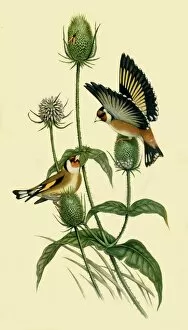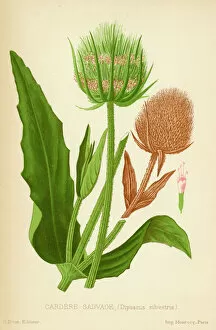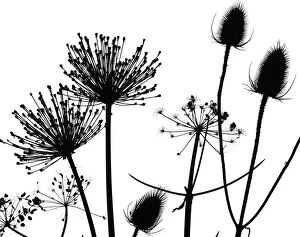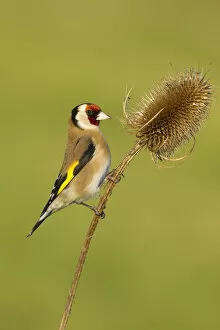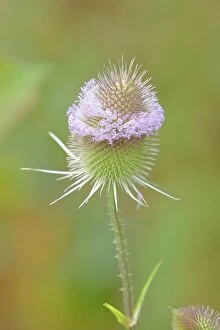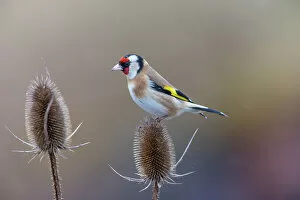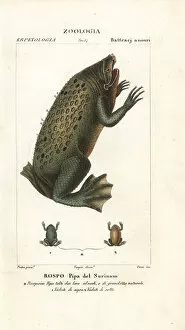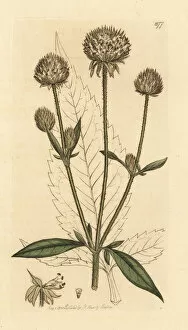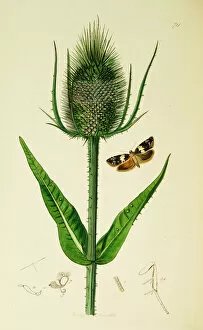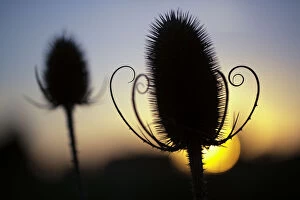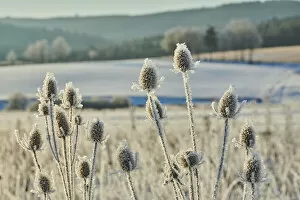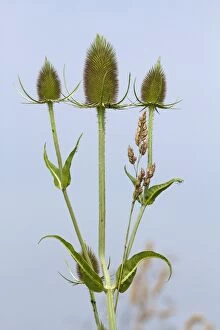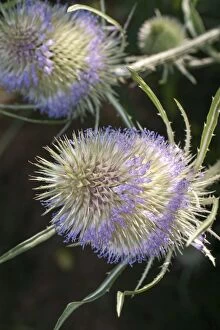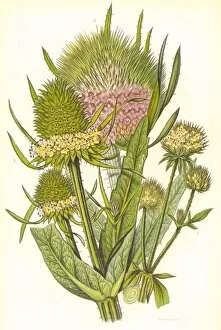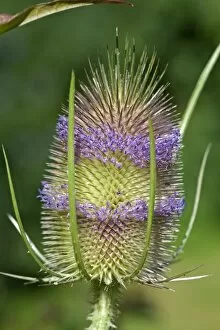Dipsacus Collection
"Dipsacus: A Natural Haven for Goldfinches and Delicate Silhouettes" Step into the enchanting world of Dipsacus
For sale as Licensed Images
Choose your image, Select your licence and Download the media
"Dipsacus: A Natural Haven for Goldfinches and Delicate Silhouettes" Step into the enchanting world of Dipsacus, a plant that has captivated nature enthusiasts since 1863 when John Gould first introduced its beauty to the world. With its intricate seedheads resembling delicate Allium and Hedge parsley silhouettes, it is no wonder that this species has become a favorite among artists and photographers alike. In February, in the picturesque landscapes of the UK, one can witness the mesmerizing sight of adult Goldfinches gracefully feeding on teasel seeds. These vibrant birds find solace in Dipsacus' bountiful offerings during winter months, creating a harmonious scene that warms even the coldest hearts. Venturing further into Germany's wintry embrace in January reveals another breathtaking encounter with Dipsacus. Here, a majestic Goldfinch perches atop a Teasel seedhead, showcasing nature's perfect harmony between flora and fauna. The contrasting colors against the snowy backdrop create an ethereal ambiance that leaves spectators spellbound. But Dipsacus is not only cherished by avian visitors; it also serves as home to fascinating creatures like Surinam toads (Pipa pipa). This plant provides them with shelter and nourishment while adding an element of intrigue to their habitat. Amongst various species within this genus lies Wild teasel or fullers teasel (Dipsacus fullonum), renowned for its use in finishing processes such as Fulling and Teazling. Its unique properties have been harnessed by artisans throughout history to achieve impeccable craftsmanship. The allure extends beyond just one variety; Small teasel (Dipsacus pilosus) adds diversity to this botanical family with its own distinct charm. Meanwhile, Curtis British Entomology Plate 711 showcases how insects are drawn towards these captivating plants—a testament to their irresistible appeal across different realms of nature. In the world of Dipsacus, beauty knows no bounds.

